AngleWare ransomware removal instructions
AngleWare ransomware removal instructions
What is AngleWare?
Identical to MafiaWare, AngleWare is a ransomware-type virus developed using an open-source ransomware project called Hidden Tear. Once infiltrated, this malware encrypts files using AES-256 cryptography and appends the ".AngleWare" extension to the name of each encrypted file (e.g., "sample.jpg" might be renamed to "sample.jpg.AngleWare"). In addition, AngleWare creates a text file ("READ_ME.txt") containing a ransom-demand message and places it on the desktop.
As compared to other ransoware-type viruses, AngleWare's message is very short and simply states that files are encrypted and that the victim must pay a ransom of 3 Bitcoins (currently, 1 Bitcoin is equivalent to ~$1040). Other ransomware-type viruses provide more detailed information such as type of cryptography, payment and decryption instructions, and so on. As mentioned above, AngleWare uses AES-256 encryption and, thus, files can only be restored using a unique key, which is stored on a remote server controlled by AngleWare's developers. Victims are encouraged to pay a ransom. Be aware, however, that cyber criminals often ignore victims, once payments are submitted. Paying does not guarantee that your files will ever be decrypted and there is a high probability that you will be scammed. We strongly advise you to ignore all requests to pay or to contact these people. Unfortunately, there are no tools capable of restoring files compromised by AngleWare ransomware - you can only restore files/system from a backup.
Screenshot of a message encouraging users to pay a ransom to decrypt their compromised data:
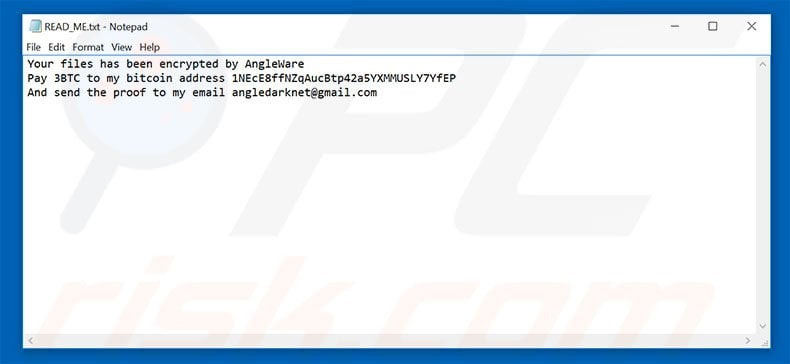
AngleWare is very similar to hundreds of other ransomware-type viruses including Vortex, CryptoDevil, and ZinoCrypt - these are just some examples from many. All ransomware has identical behavior - it encrypts files and makes ransom demands. There are just two noticeable differences: 1) type of encryption algorithm [symmetric/asymmetric] used, and; 2) cost of decryption key. Malware such as AngleWare is often distributed using spam emails (malicious attachments), peer-to-peer networks (torrents, etc.), third party software download sources (freeware download and free file hosting websites, etc.), fake software update tools, and trojans. Therefore, be cautious when opening files received from suspicious emails, and when downloading software from unofficial sources. Furthermore, keep your installed applications up-to-date and use a legitimate anti-virus/anti-spyware suite. Poor knowledge and rushing are the main reasons for computer infections. The key to computer safety is caution.
Ransom-demand message presented within AngleWare ransomware text file ("READ_ME.txt"):
Your files has been encrypted by AngleWare
Pay 3BTC to my bitcoin address 1NEcE8ffNZqAucBtp42a5YXMMUSLY7YfEP
And send the proof to my email angledarknet@gmail.com
Screenshot of files encrypted by AngleWare (".AngleWare" extension):
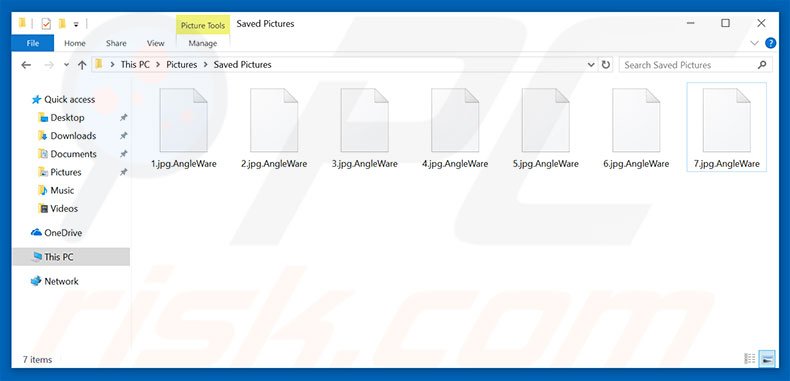
AngleWare ransomware removal:
Quick menu:Quick solution to remove .AngleWare virus
- What is AngleWare?
- STEP 1. AngleWare virus removal using safe mode with networking.
- STEP 2. AngleWare ransomware removal using System Restore.
Step 1
Windows XP and Windows 7 users: Start your computer in Safe Mode. Click Start, click Shut Down, click Restart, click OK. During your computer start process, press the F8 key on your keyboard multiple times until you see the Windows Advanced Option menu, and then select Safe Mode with Networking from the list.

Video showing how to start Windows 7 in "Safe Mode with Networking":
Windows 8 users: Start Windows 8 is Safe Mode with Networking - Go to Windows 8 Start Screen, type Advanced, in the search results select Settings. Click Advanced startup options, in the opened "General PC Settings" window, select Advanced startup. Click the "Restart now" button. Your computer will now restart into the "Advanced Startup options menu". Click the "Troubleshoot" button, and then click the "Advanced options" button. In the advanced option screen, click "Startup settings". Click the "Restart" button. Your PC will restart into the Startup Settings screen. Press F5 to boot in Safe Mode with Networking.
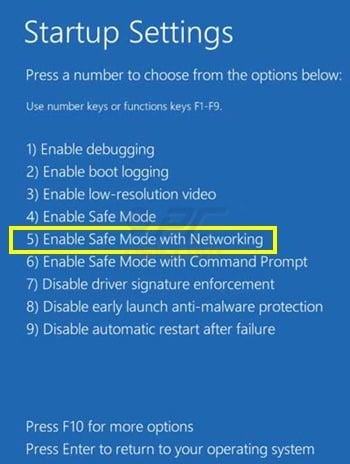
Video showing how to start Windows 8 in "Safe Mode with Networking":
Windows 10 users: Click the Windows logo and select the Power icon. In the opened menu click "Restart" while holding "Shift" button on your keyboard. In the "choose an option" window click on the "Troubleshoot", next select "Advanced options". In the advanced options menu select "Startup Settings" and click on the "Restart" button. In the following window you should click the "F5" button on your keyboard. This will restart your operating system in safe mode with networking.
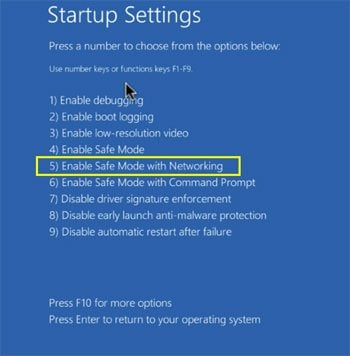
Video showing how to start Windows 10 in "Safe Mode with Networking":
Step 2
Log in to the account infected with the AngleWare virus. Start your Internet browser and download a legitimate anti-spyware program. Update the anti-spyware software and start a full system scan. Remove all entries detected.
If you need assistance removing angleware , give us a call 24/7:
1-866-208-0865
1-866-208-0865
By downloading any software listed on this website you agree to our Privacy Policy and Terms of Use. SpyHunter’s free scanner is for malware detection. To remove the detected infections you will need to purchase a full version of this product. More information on SpyHunter. If you wish to uninstall SpyHunter follow these instructions. All the products we recommend were carefully tested and approved by our technicians as being one of the most effective solutions for removing this threat.
If you cannot start your computer in Safe Mode with Networking, try performing a System Restore.
Video showing how to remove ransomware virus using "Safe Mode with Command Prompt" and "System Restore":
1. During your computer start process, press the F8 key on your keyboard multiple times until the Windows Advanced Options menu appears, and then select Safe Mode with Command Prompt from the list and press ENTER.
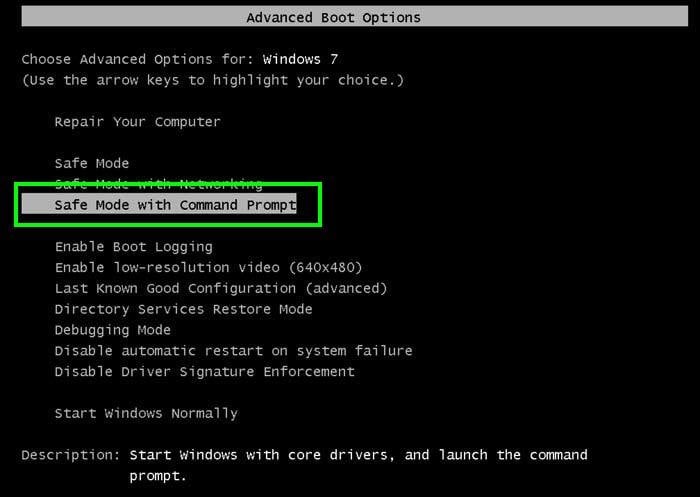
2. When Command Prompt mode loads, enter the following line: cd restore and press ENTER.

3. Next, type this line: rstrui.exe and press ENTER.

4. In the opened window, click "Next".
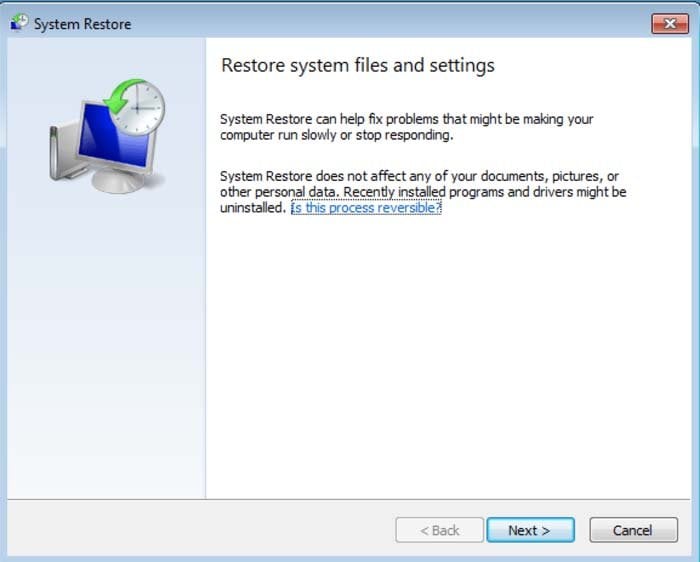
5. Select one of the available Restore Points and click "Next" (this will restore your computer system to an earlier time and date, prior to the AngleWare ransomware virus infiltrating your PC).
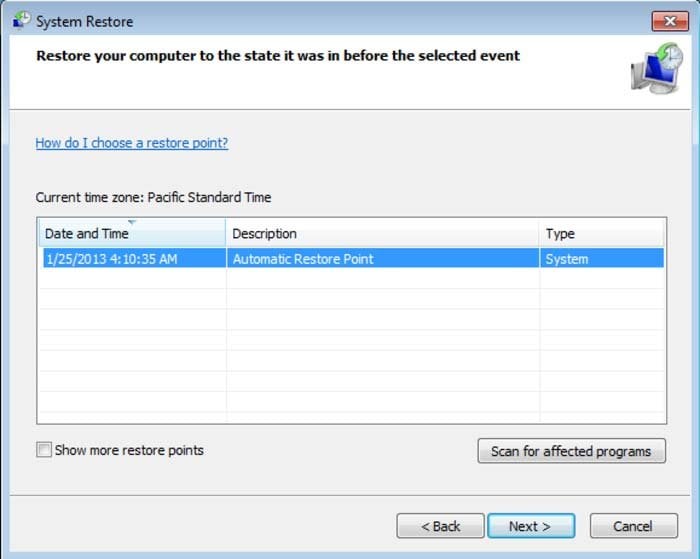
6. In the opened window, click "Yes".
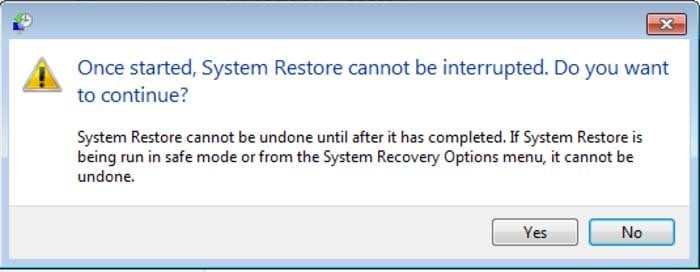
7. After restoring your computer to a previous date, download and scan your PC with recommended malware removal software to eliminate any remaining AngleWare ransomware files.
To restore individual files encrypted by this ransomware, try using Windows Previous Versions feature. This method is only effective if the System Restore function was enabled on an infected operating system. Note that some variants of AngleWare are known to remove Shadow Volume Copies of the files, so this method may not work on all computers.
To restore a file, right-click over it, go into Properties, and select the Previous Versions tab. If the relevant file has a Restore Point, select it and click the "Restore" button.
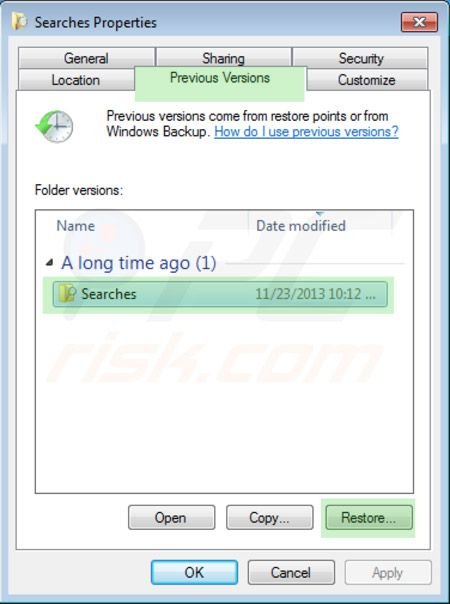
If you cannot start your computer in Safe Mode with Networking (or with Command Prompt), boot your computer using a rescue disk. Some variants of ransomware disable Safe Mode making its removal complicated. For this step, you require access to another computer.
To regain control of the files encrypted by AngleWare, you can also try using a program called Shadow Explorer. More information on how to use this program is available here.
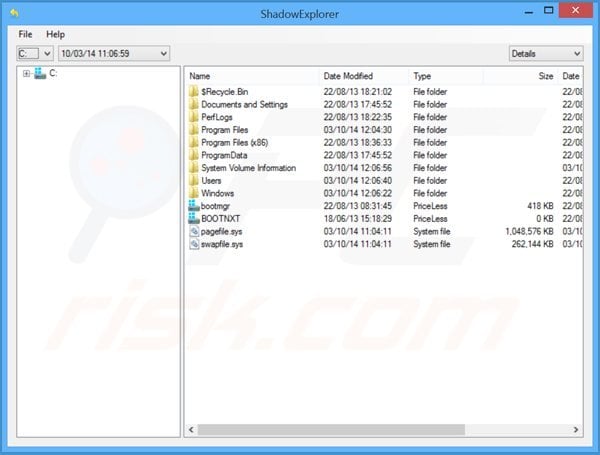
To protect your computer from file encryption ransomware such as this, use reputable antivirus and anti-spyware programs. As an extra protection method, you can use programs called HitmanPro.Alert and EasySync CryptoMonitor, which artificially implant group policy objects into the registry to block rogue programs such as AngleWare ransomware.
HitmanPro.Alert CryptoGuard - detects encryption of files and neutralises any attempts without need for user-intervention:
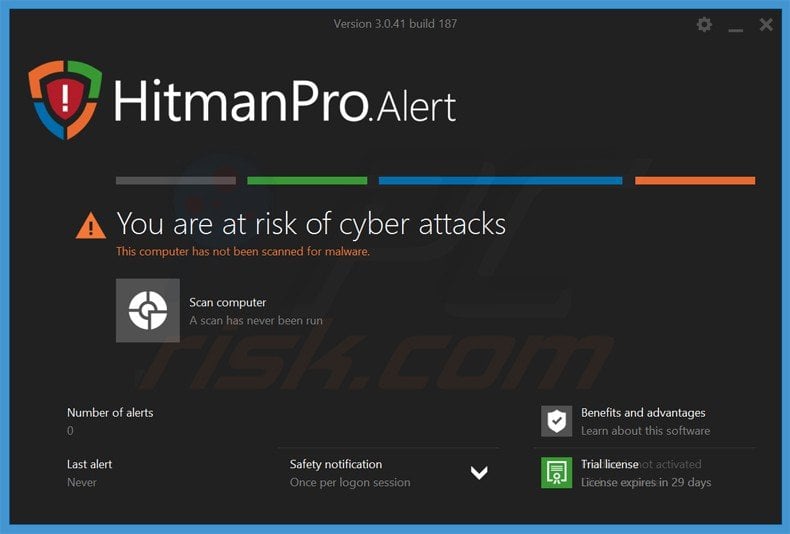
Malwarebytes Anti-Ransomware Beta uses advanced proactive technology that monitors ransomware activity and terminates it immediately - before reaching users' files:
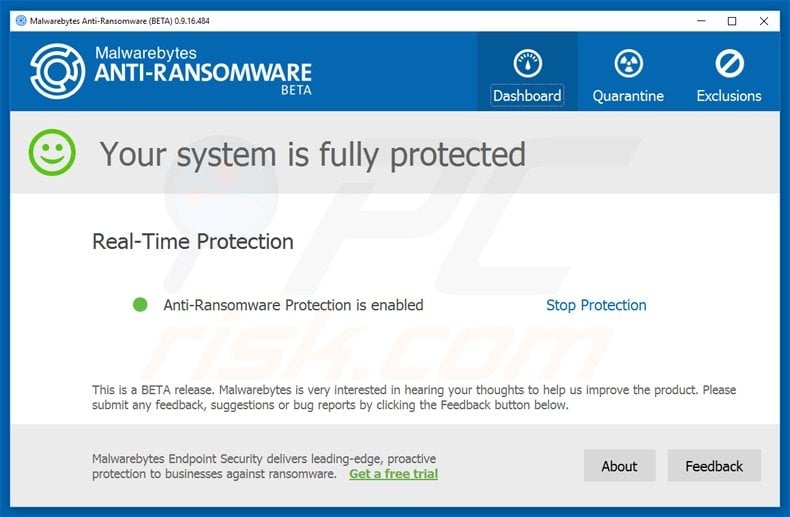
- The best way to avoid damage from ransomware infections is to maintain regular up-to-date backups. More information on online backup solutions and data recovery software Here.
Other tools known to remove AngleWare ransomware:
Comments
Post a Comment